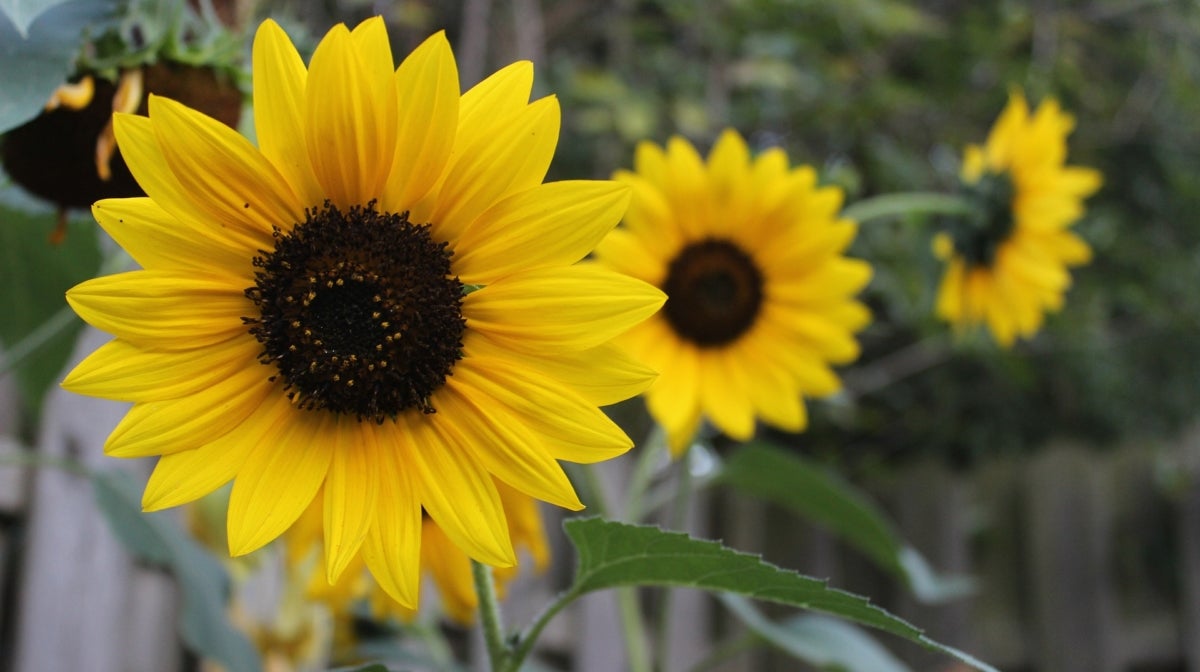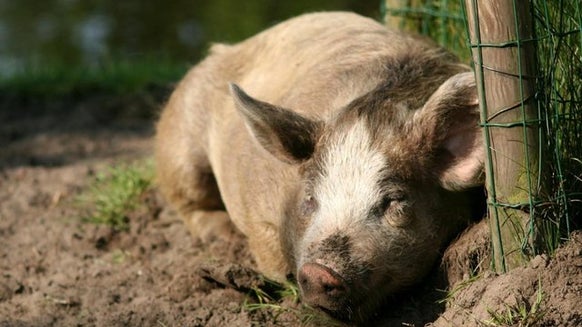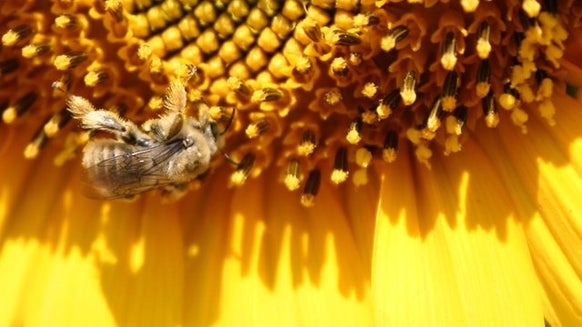HINTS-AND-TIPS
What to Do in the Garden in August

You spent spring sowing all your seeds, and the summer months have helped your plants grow, thrive and, in some cases, produce fruit. You will be in full swing of harvesting fruit and veg, but certainly looking towards September and the start of cooler days and fresh nights. Many gardens look a little wild at this stage as holidays take priority and it gets too warm to keep on top of weeding and deadheading. You still have a couple of hours of light in the evenings, however, so make the most of those! Here is what to do in the garden in August:
In the garden
- Prune summer flowering shrubs after the the blooms go over.
- Mow wildflower meadows now to scatter the seeds.
- Feed container plants to keep them going. Remember to water every day if it is hot and dry.
- Stake tall or top-heavy plants such as dahlias and lilies to prevent wind and rain damage.
- Prune long-flowering perennials once they've finished flowering.
- Deadhead bedding plants.
- In order to keep lavender compact, trim it after flowering season.
- Prune climbing roses after flowering.
- Start collecting seed!
- Take cuttings of your favourite perennials.

In the kitchen garden
- Cut back herbs now to encourage a new flush of leaves.
- Main shoots and side shoots of gooseberries can be pruned to 5 leaves encouraging fruiting shoots for next season.
- Pinch out tomato suckers and tips of runner beans.
- Plant leeks and brassicas if you haven't already.
- Apply a high-potash fertiliser such as tomato feed once fruits start to form on peppers, cucumbers and aubergines. Continue to feed tomato plants.
- Irregular watering can affect root veg and cause blossom end rot.
- Divide clumps of chives.
- Plant out rooted runners of strawberries for a good crop next year. Tidy up the plants and remove the straw to improve ventilation.
- Propagate your herbs such as sage, rosemary and sage.
- Net berries so birds don't get to them.
- Water cranberries, loganberries and blueberries regularly, preferably with rain water.
- Protect grapes from wasps.
- Prop up marrows and courgettes.
- Look out for tomato and potato blight.

Harvest
- Spring-sown carrots and beetroot will be ready to harvest.
- Continue to harvest early potatoes and second earlies. Start digging up your main crop.
- Lift dry onions, shallots and garlic once the foliage has flopped and yellowed.
- Add edible flowers to your salad such as nasturtiums and runner bean flowers.
- Harvest lettuce, cucumber, courgettes, peppers and tomatoes.
Sowing seeds
- In warmer areas of the UK you can still sow quick-maturing salad crops such as salad, lettuce, radish, rocket, sorrel, chicory and fennel.
- Spring cabbage.
- turnips
- Oriental veg.
- Overwintering onions.
- Sow basil, marjoram, oregano, borage, chives, coriander and dill in pots outside. This way you can move them indoors easily in late autumn.
- Calendula, myosotis and corn flower for flowers next spring.
- Green manure such as crimson clover or Italian rye grass. Green manure is a soil improver; it is used to cover bare areas. when dug in, they conserve nutrients and improve soil texture.

General
- Weed, weed, weed!
- Keep ponds and birdbaths topped up.
- Use water buts and recycled water.
- Water the lawn if rain isn't imminent.
- Open vents and doors on warm days. Damp down the greenhouse floor to increase humidity.
- Wasps become a nuisance in late summer. The queen stops rewarding them with sweet treats, so they go out to find their own, annoying every picnicker in tow.
Don’t forget to check out our collection of all of our garden blogs to be in the know every month and get your planning down to a T this year!

Zoe Allison Writer and expert







